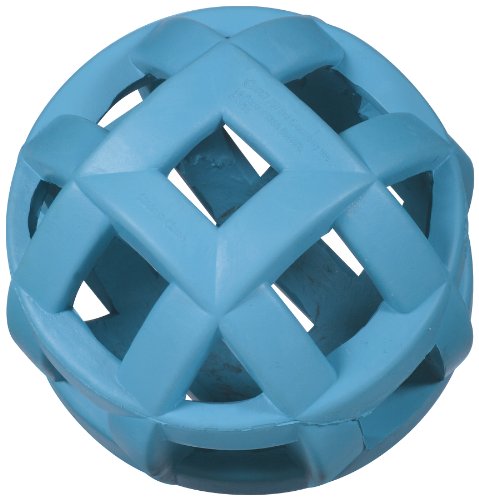
Sure, we all know what whiskers are. Whiskers are the long hairs on our pet’s face. Dogs have whiskers and cats have whiskers. In fact, almost all mammals have whiskers! Whiskers are actually more than just hairs. Did you know that whiskers are special sensory organs?
Animals are amazing creatures. They have evolved incredible abilities to allow them to swim, run, or camouflage. Different animals have also developed unique ways to sense and understand their world. Falcons can see movements from far up in the sky, so far up that we can hardly see them! Owls have well-developed hearing, and can hear a mouse scurry, and catch it, in the middle of the darkest night. Even reptiles and fish have special senses. Snakes can “see” the body heat given off by their prey, and can feel the vibrations in the ground as their prey moves around. Sharks can detect the electrical impulses given off by struggling prey. These animals have developed senses that are far superior to ours. Some, like sharks, have senses that we don’t have at all! These adaptations help the animals survive better; these senses either help them find food or avoid being food. Humans have evolved to rely more on our problem-solving skills than our physical senses. However, we still need our senses to understand the world around us.
If something touches our skin, we can feel it. We can understand that it is there, how hard it is pushing, and what temperature it is. But what if something touches our hands? Then we can also tell what texture and size it is, and usually easily determine exactly what object it is! This shows that skin, all over the body, has nerves underneath it that give us information about what our skin touches. Hands, however, have many more nerves than the rest of our skin, making them much more sensitive. We can get exact information when we touch something with our hands.
The skin that whiskers are attached to is like the skin on our hands! Whiskers, the part that you see, are nothing more than long, thick hairs. There is hair (fur) all over an animal’s body. When something touches fur, the animal can feel it. But when something touches an animal’s whiskers, just like our hands, there is much more sensory information available. This is because underneath the skin, near the whiskers, are many more nerves than near the fur on the rest of the body. Whiskers are just special hairs with extra nerves!
There are many types of whiskers. Some animals, like chinchillas, have whiskers that are almost as long as their bodies. Just as different animals can have various colours and textures of fur, different breeds of dogs and cats have many types of whiskers. Some curly-haired dogs and cats can have curly whiskers, while some hairless breeds (like the Sphinx) may have no whiskers at all!
Whiskers are important sensory tools. Cats especially tend to rely on the information that they get from their whiskers. Cats depend on their whiskers to give them some of the knowledge about balance and precision that they need when they make long jumps or run fast past obstacles. Whiskers help cats understand what the objects are around them and where they are located. Cats also use their great hearing and night-vision to navigate around their territory.
It seems as though dogs don’t tend to depend on their whiskers quite as much as cats do. Dogs were originally bred to guard and hunt, and therefore rely heavily on sight and/or smell to explore things. But when dogs get up close to an object, the whiskers on their face help them to be very sensitive to the structure of the object that they are inspecting.
Some people, for whatever reason, choose to cut their pet’s whiskers. This is not painful; it does not hurt to cut hair. But when you cut a pet’s whiskers, you are taking away one of the tools that it uses to explore and understand its world. Your pet can survive and be happy without whiskers. It is not a medical problem or life-threatening for your pet to have no whiskers. It is just uncomfortable for your pet to lose that sensing ability.
Animals bring together information from all their senses in order to interpret the world they are living in. One of these senses is touch, and the special hairs (whiskers) on the face are an important part of that sense of touch. Next time you feel something with your hands, you will be closer to understanding some of the functions of whiskers!
By Ashley O’driscoll – Pets.ca writer
 Pro Select Empire Cages
Crate training a dog is a go
Pro Select Empire Cages
Crate training a dog is a go
 My Dog Chews Everything
Why Dogs ChewSome dogs are n
My Dog Chews Everything
Why Dogs ChewSome dogs are n
 Some Popular Breeds of Dog in the United States
&nbs
Some Popular Breeds of Dog in the United States
&nbs
 How to Build a Wheelchair for Your Dog
If You Build It, They Will Walk!
How to Build a Wheelchair for Your Dog
If You Build It, They Will Walk!
 Canine Nutrition and Wellness Part 1: Choosing the Right Commercial Food for Your Dogs
Our canine friends love to e
Canine Nutrition and Wellness Part 1: Choosing the Right Commercial Food for Your Dogs
Our canine friends love to e
Copyright © 2005-2016 Pet Information All Rights Reserved
Contact us: www162date@outlook.com